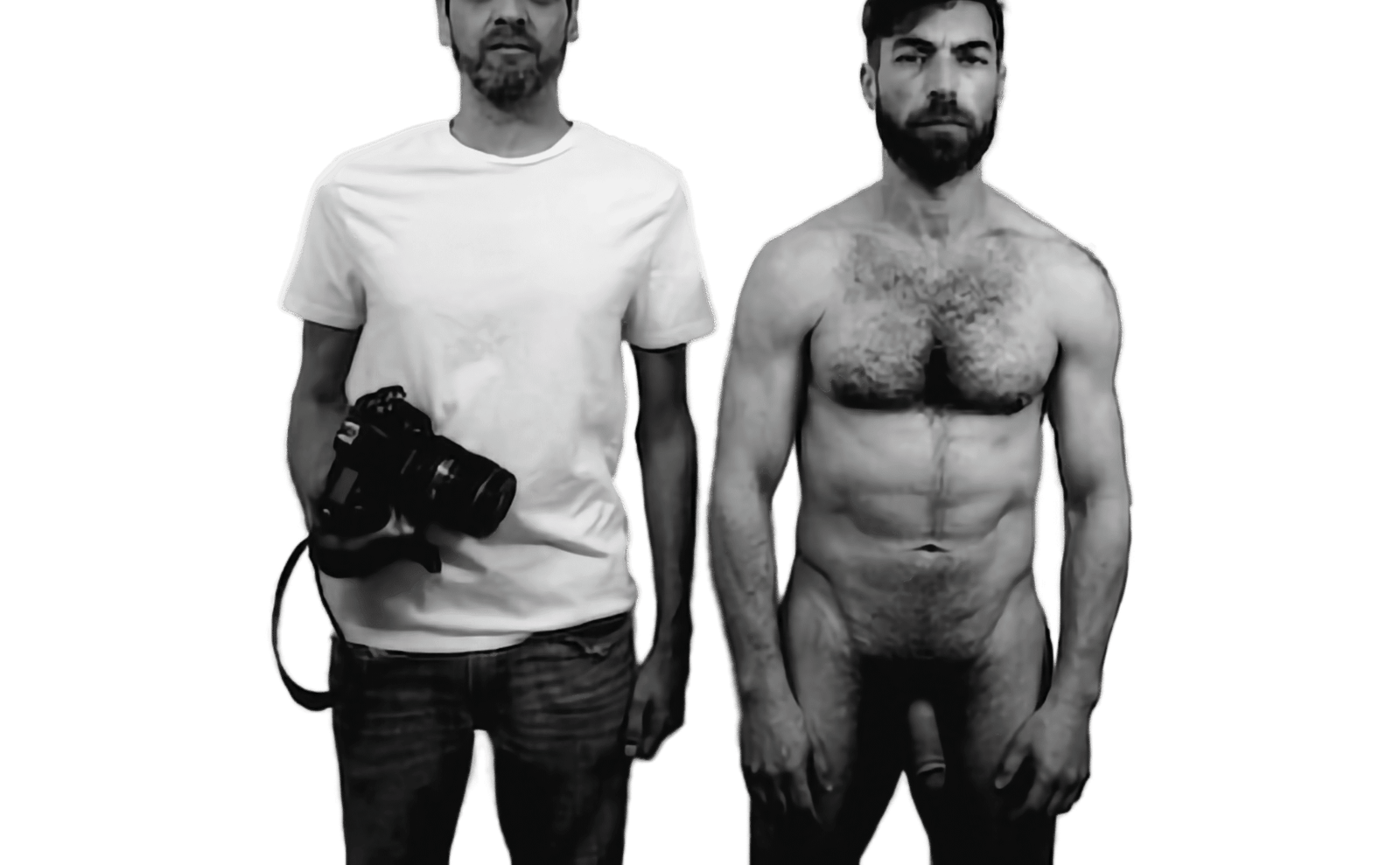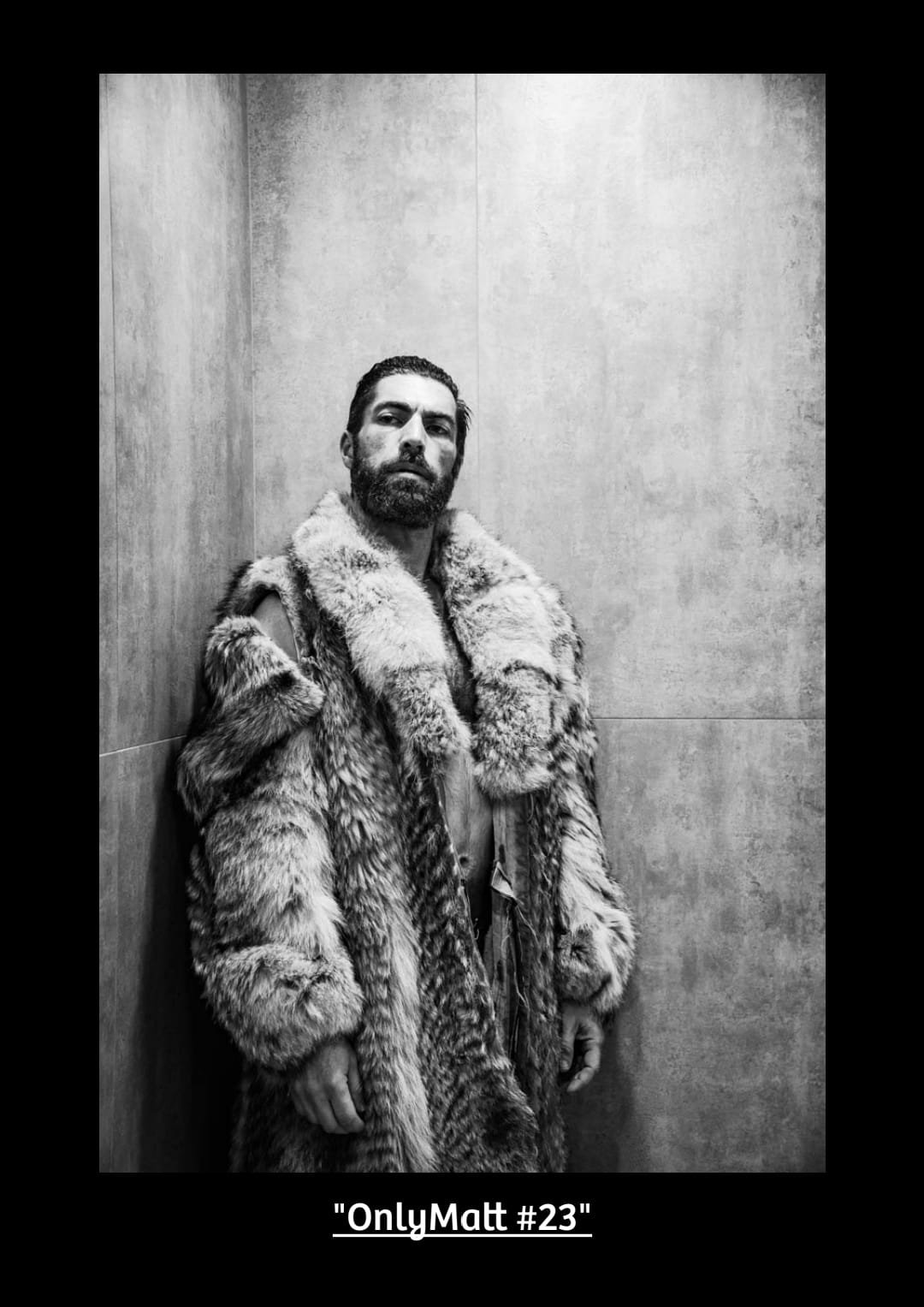The gum over palladium technique in black and white combines two 19th-century photographic processes to produce prints with exceptional visual and material depth. The image is first printed in palladium, a noble metal renowned for its archival stability and its ability to render a wide tonal range of deep blacks and subtle grays. This base is then layered with one or more coats of gum bichromate — a mixture of gum arabic, black pigment, and potassium dichromate — which is sensitive to UV light.
Each layer is contact-printed with a negative, exposed to light, and developed in water. The gum hardens in proportion to the exposure, gradually revealing the image. This layered approach enhances volume, texture, and tonal modeling, resulting in an image that is both photographic and painterly. The manual intervention required at each stage becomes an integral part of the final aesthetic, lending each print a unique and expressive materiality.
When printed on 100% cotton museum-grade paper, the resulting print achieves exceptional longevity — under proper conservation conditions, it can endure for over a thousand years without significant degradation.




